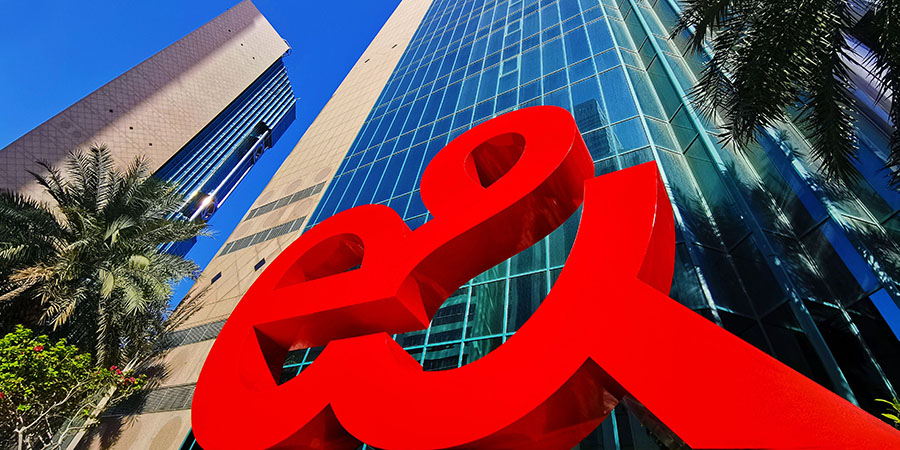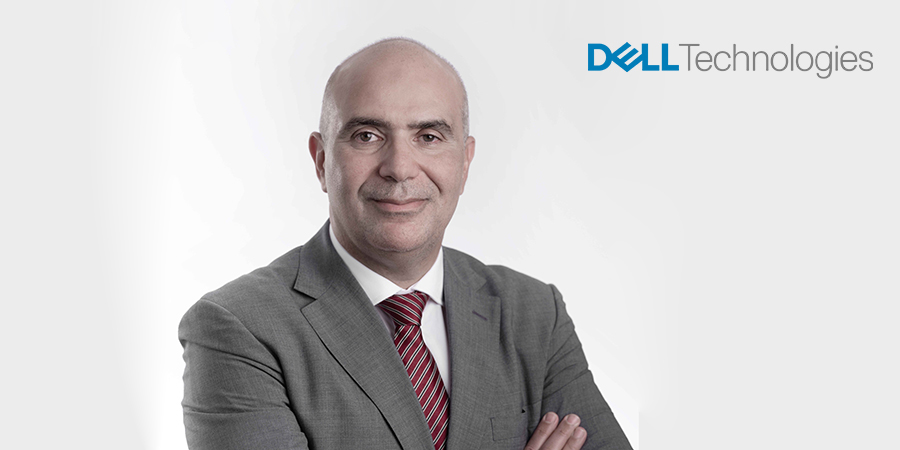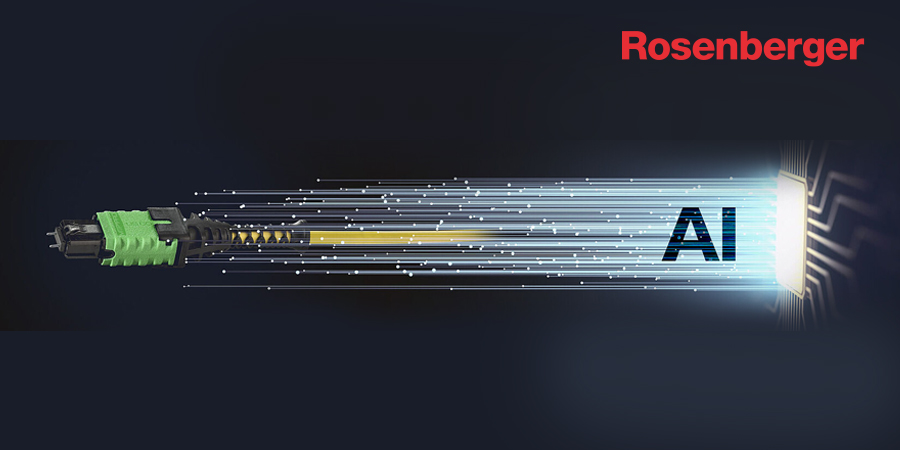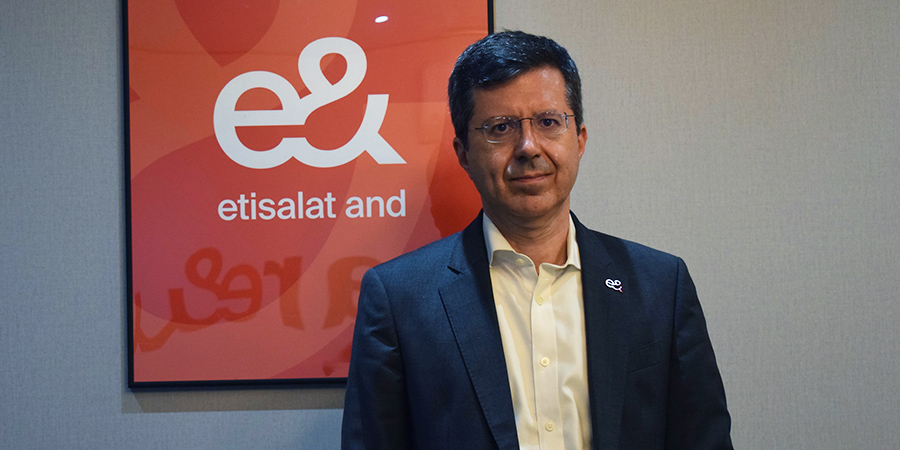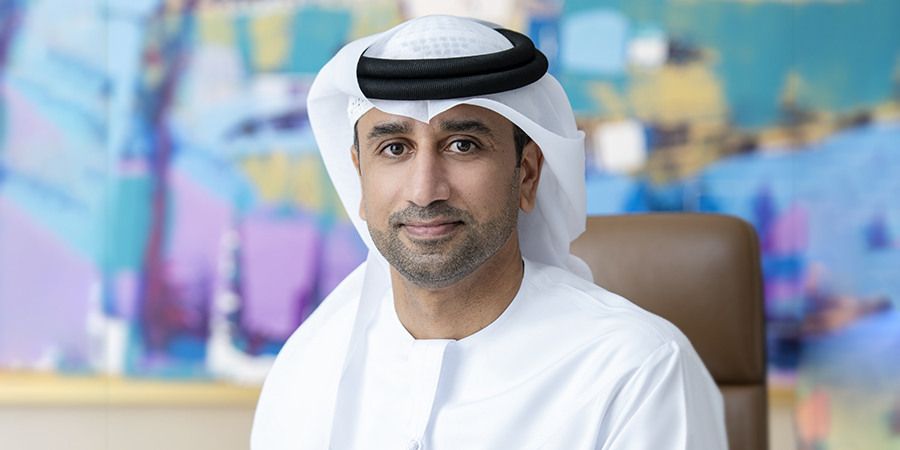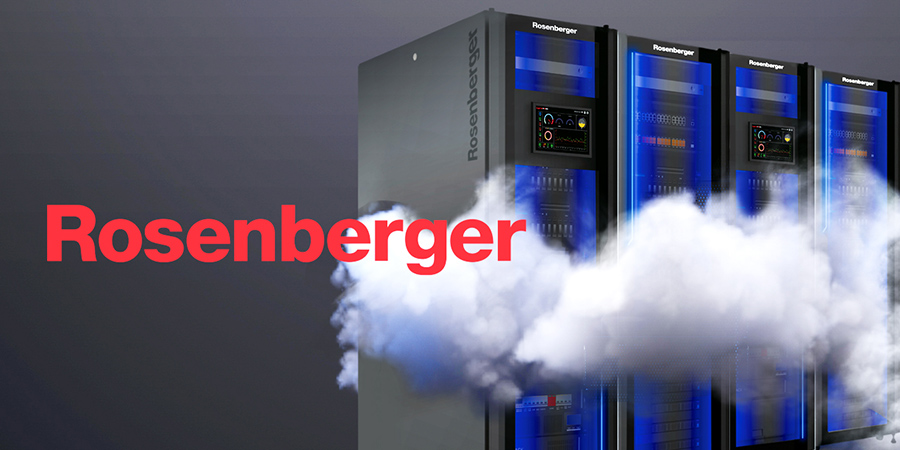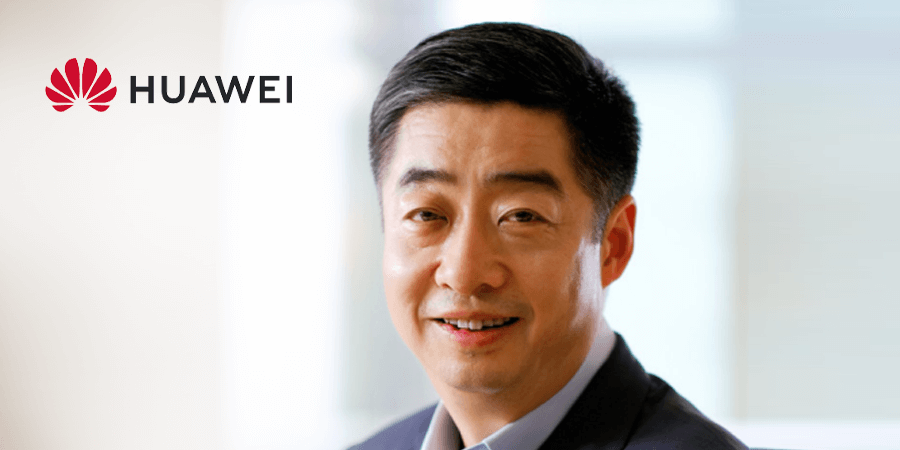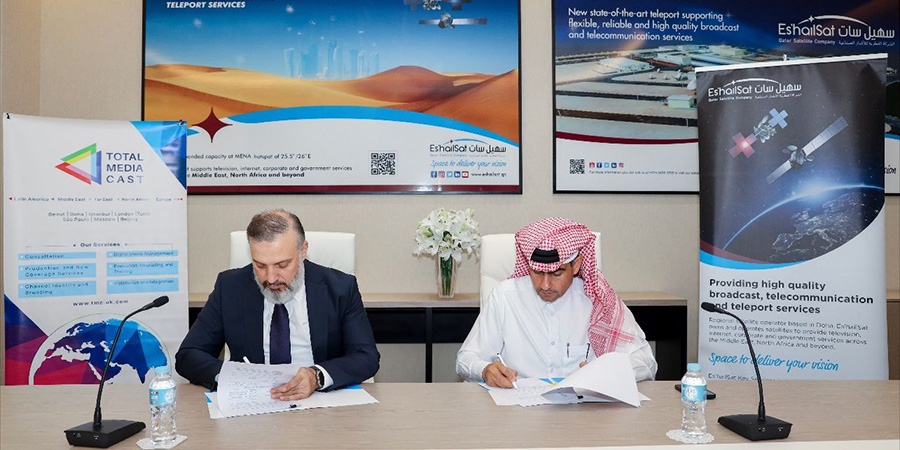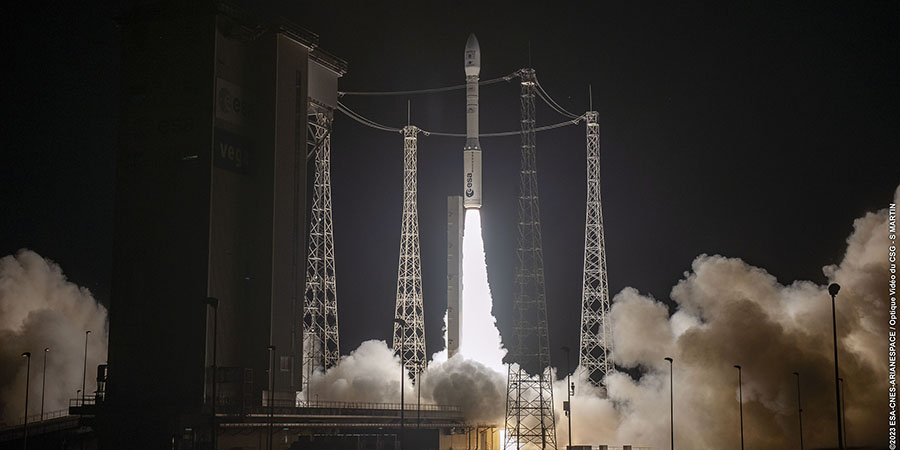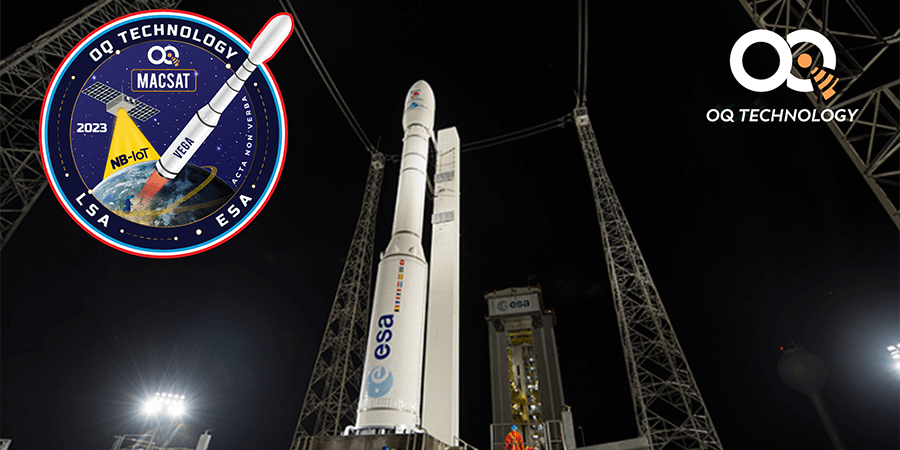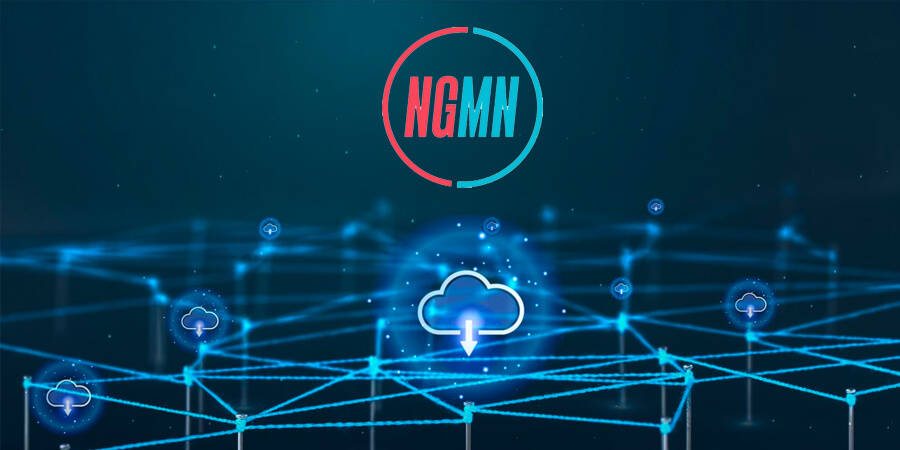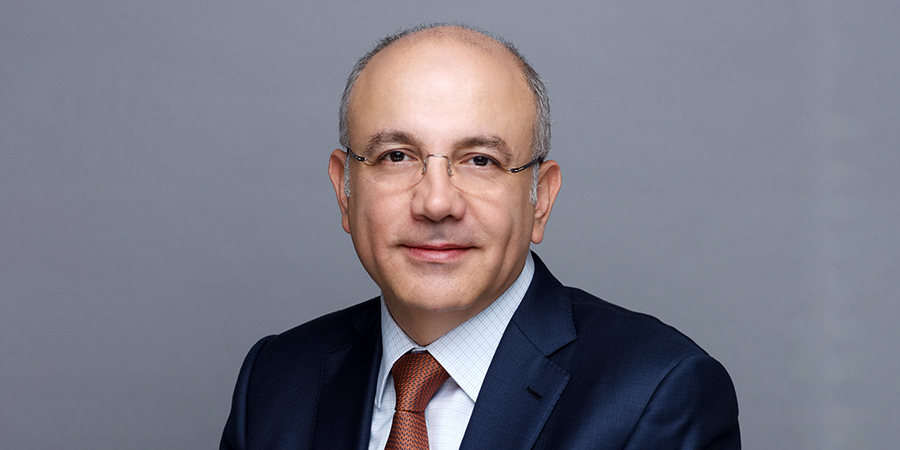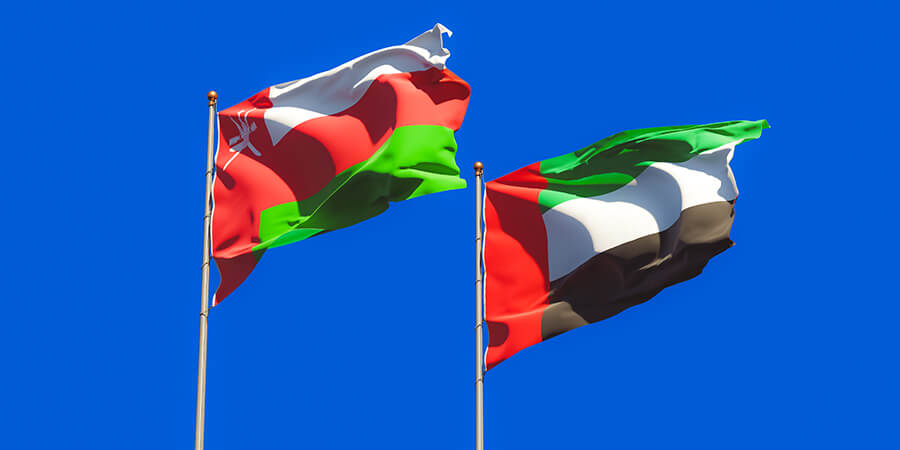Nokia is introducing a broad set of next-generation fiber access solutions that deliver the capacity and latency requirements essential for mobile transport. Nokia's addition of next-generation 10Gbps passive optical network (PON) and point-to-point (P2P) fiber to its mobile transport solution gives operators the capacity, scale and flexibility needed to support network densification in the 5G era.
Nokia's mobile transport solution enables operators to leverage existing passive optical networks used in Fiber-to-the-home (FTTH) deployments and quickly gain the capacity and coverage 5G requires. Eliminating the need to create parallel and dedicated networks, operators can now cost-effectively connect radio cells to a fixed network at scale and gradually introduce more bandwidth as service needs increase. With some forecasting the number of small cells to grow at 38% CAGR through 2021, this flexibility will be critical as networks continuously evolve to better address ultra-broadband demands.
Nokia's mobile transport solution includes a number of new enhancements to its 7360 ISAM FX access node and 7368 ISAM ONT optical network termination devices, delivering the multi-gigabit capacity needed to support the massive throughput requirements and cell densification 5G requires. Nokia's ISAM portfolio combines carrier-grade transport capabilities with best-in-class synchronization support required in 3G, 4G and 5G mobile transport networks, providing operators such as Du and Telefonica with access to the flexibility needed to effectively ready their networks for 5G.
The enhanced mobile transport solution is also being used as part of a Bell Labs proof-of-concept that demonstrates the flexibility of 10G symmetrical PON networks for low latency applications such as mobile fronthaul. By adding gateway functionality to a next-generation PON network, Nokia is able to convert mobile fronthaul CPRI signals to Ethernet. The proof of concept validates the readiness of PON for fronthaul and its Ethernet-based evolutions for the 5G era.
Federico Guillen, president of Nokia Fixed Networks said: "The biggest opportunity on the horizon for fixed networks is the arrival of 5G. It's clear that 5G will require very high capacity and low delay, but what is less certain is just how much capacity will be required for backhaul and what latency will be sufficient. We take the guesswork out of the equation. Our solution allows operators to access existing PON networks that have virtually unlimited capacity to meet their needs today, with the added flexibility to add 10G PON evolutions gradually as demand for more bandwidth and services increases. The massive throughput and cell densification strategy of 5G make it a perfect match for existing FTTH deployments."








